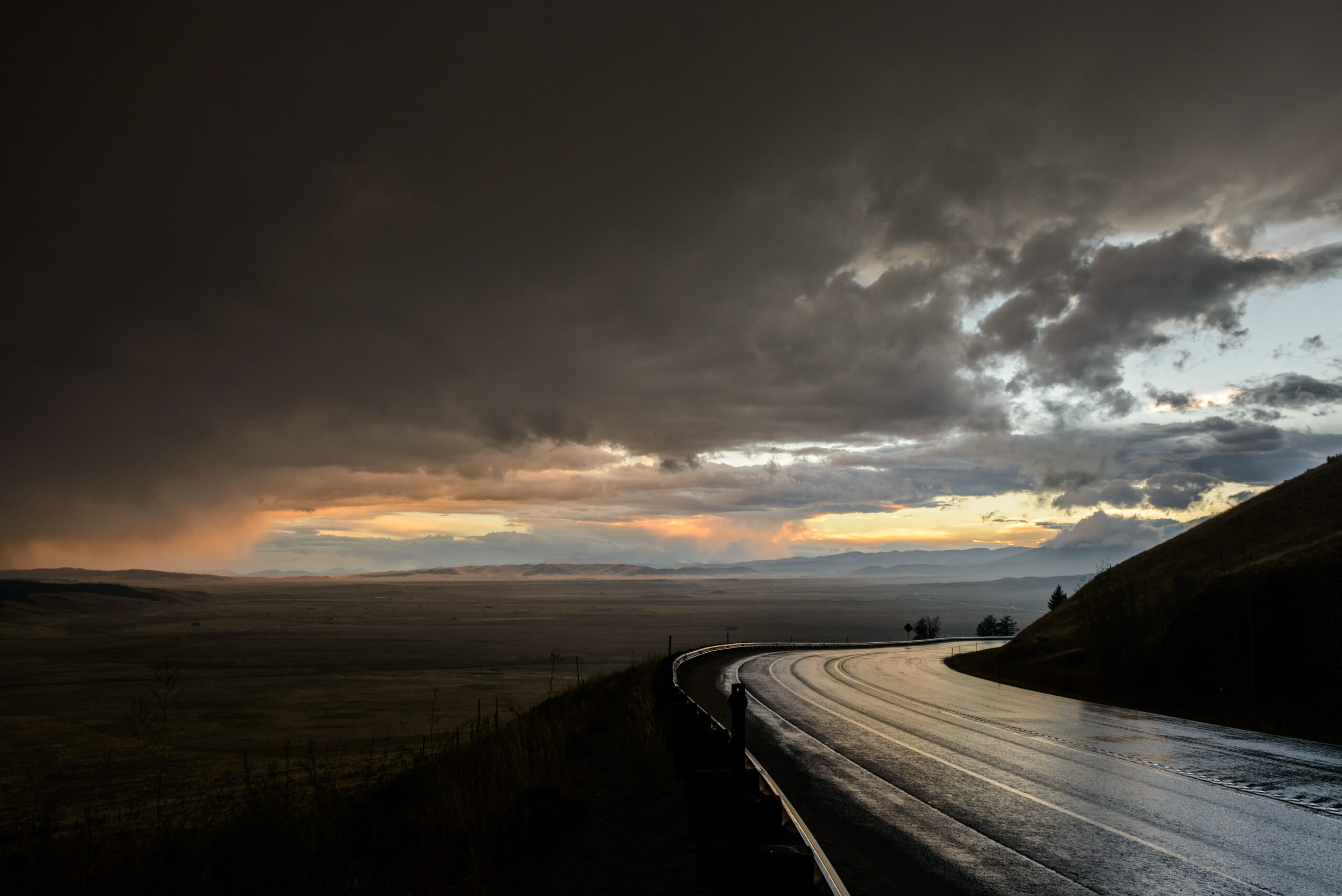Most Americans can name only one fault line – the San Andreas Fault. Running nearly the entire length of California, this fault has the potential to unleash a devastating earthquake at any moment. But, do people really believe the big one is coming? Do you?
While scientists can’t predict earthquakes, they do know that seismic energy builds-up and is released in cycles. This explains how scientists can say that California is due for a large earthquake within the next few decades.
For many, the recent 6.4 and 7.1 magnitude earthquakes in Ridgecrest, California were stark reminders of the potential for even bigger earthquakes in the state. And with so much chatter about the next “big one,” from scientists, news outlets, and even blockbuster movies, it’s hard to ignore the potential for a large earthquake, and the need for disaster preparation. But we’re woefully underprepared, especially financially: less than 10% of Californians have earthquake insurance – 13% of homeowners, which make up about half of all Californians.
For most of us, whether or not we believe and prepare for the big one is rooted in the psychology of human nature.
The psychology of earthquake risk
The biggest psychological reason why some people don’t prepare for disasters is a phenomenon known as “normalcy bias.” This describes people’s rationalization of a dangerous situation. People assume the best will happen because they do not want to think about a worse case scenario. Therefore, the normalcy bias is perceived as a way to protect the mind from things that feel unsafe. According to Dennis Mileti, an emeritus professor of sociology at the University of Colorado whose research focuses on disaster preparation, “human beings are hardwired to believe in their heart and soul that disasters don’t happen and won’t happen to them.”
 Other research investigates the influence of personality on a person’s response to threat. In a study on the public response to the 1990 Iben Browning earthquake prediction, respondents with a “pessimistic” outlook believed they were at greater risk than others and were more likely to believe an earthquake prediction. On the other hand, optimistic respondents were less likely to seek information. Lack of information about a threat may lead a person to dismiss its severity.
Other research investigates the influence of personality on a person’s response to threat. In a study on the public response to the 1990 Iben Browning earthquake prediction, respondents with a “pessimistic” outlook believed they were at greater risk than others and were more likely to believe an earthquake prediction. On the other hand, optimistic respondents were less likely to seek information. Lack of information about a threat may lead a person to dismiss its severity.
Even many people who do believe a large earthquake is coming still choose not to prepare. Fatalism is the psychological phenomenon that occurs when dangers are so far outside someone’s control, they believe they can’t do anything about it. Fatalistic attitudes cause individuals to attribute damage to uncontrollable natural causes as opposed to human actions, such as preparation.
Experiences over scientific fact
People often perceive risk according to their experiences rather than science. For example, studies have shown that Californians who have previously suffered damage from an earthquake are more likely to prepare (including buying earthquake insurance). However, this tendency fades over time, and the rarity of large earthquakes often affects how few people prepare for future ones.
This phenomenon can be further explained by a case study from the 6.9 magnitude Loma Prieta earthquake in 1989. After the mainshock, the San Francisco Bay area was warned by state and U.S. Geological Survey officials that they could be in for a strong aftershock within the next 72 hours. Those who suffered a lot of damage did more to prepare than those who suffered a moderate amount of damage. Furthermore, those who suffered little or no damage statistically did the least to prepare.
The role of earthquake education
Education also plays a role. The amount that someone engages in disaster education affects whether they believe and prepare, or whether they dismiss the risk. The National Earthquake Hazards Reduction Program (NEHRP), founded in the 1970s, has worked for decades to educate the public on earthquake risks and mitigation approaches. NEHRP has been credited with informing millions of people about earthquake hazards and motivating them to reduce their potential losses.
Never afraid?
 Fear of earthquakes is a part of life for many in California, but people experience this fear in different ways. Many people are motivated by their fears to take action to protect themselves with earthquake kits, earthquake insurance, or even home modifications. However, others choose a willful denial of the dangers of a large earthquake until the ground starts shaking.
Fear of earthquakes is a part of life for many in California, but people experience this fear in different ways. Many people are motivated by their fears to take action to protect themselves with earthquake kits, earthquake insurance, or even home modifications. However, others choose a willful denial of the dangers of a large earthquake until the ground starts shaking.
With all this talk about the “big one” you may be wondering about the science behind these predictions. Read our blog, Are We Due for a Big One? for more information.
Jumpstart is a new approach to earthquake insurance for California renters and homeowners with fast, lump-sum payouts and no deductibles. Getting prepared has never been easier!


